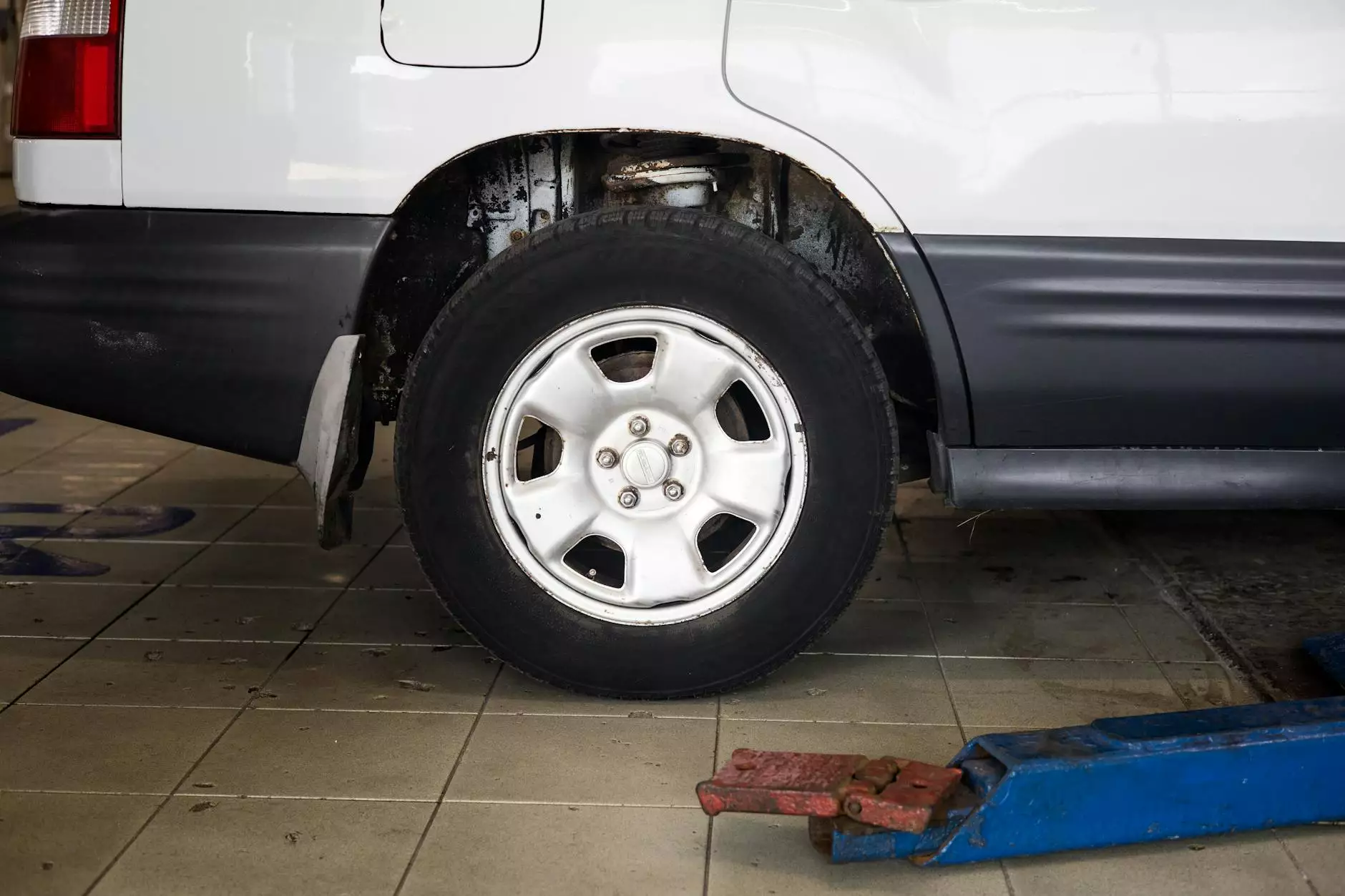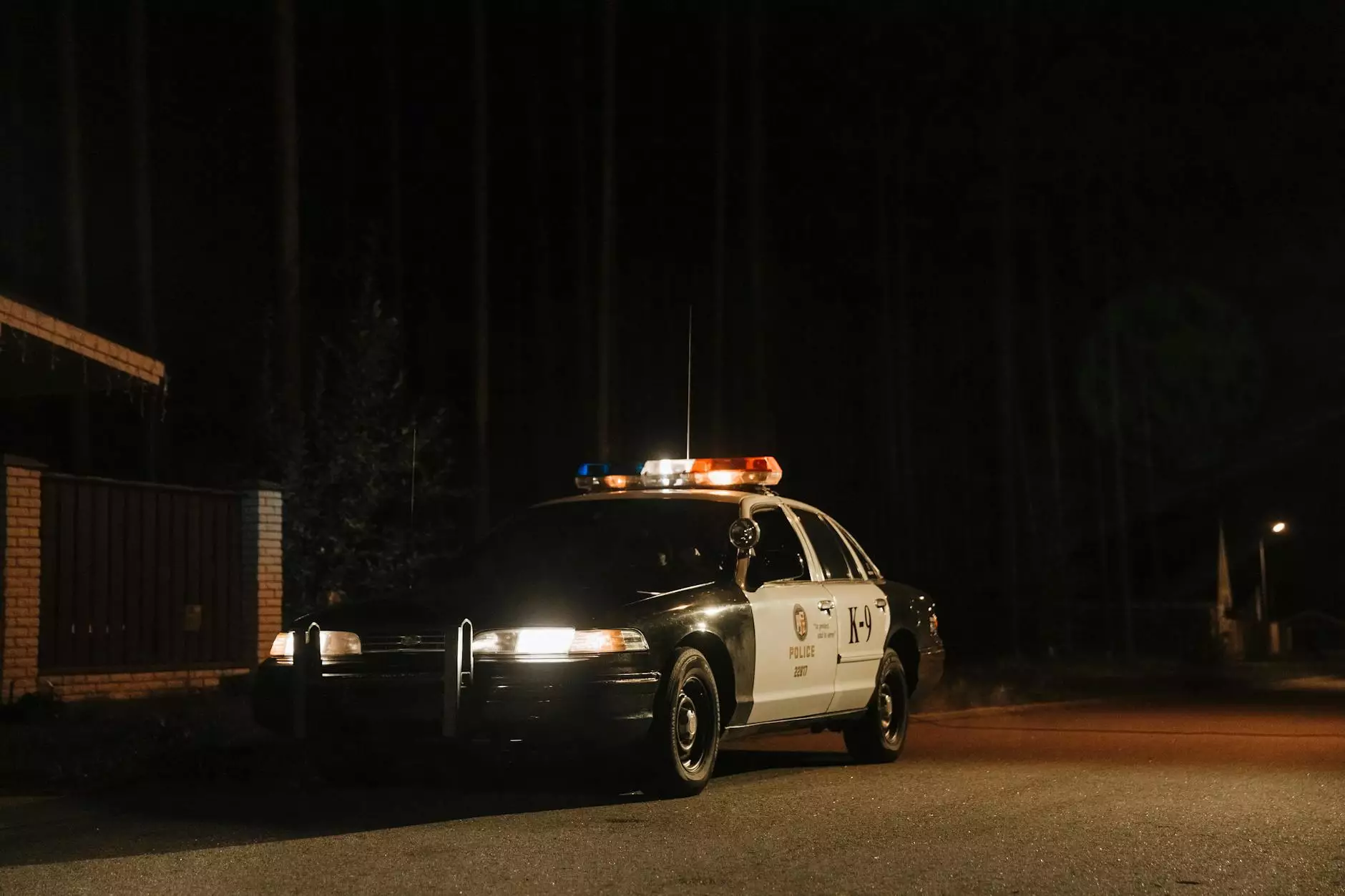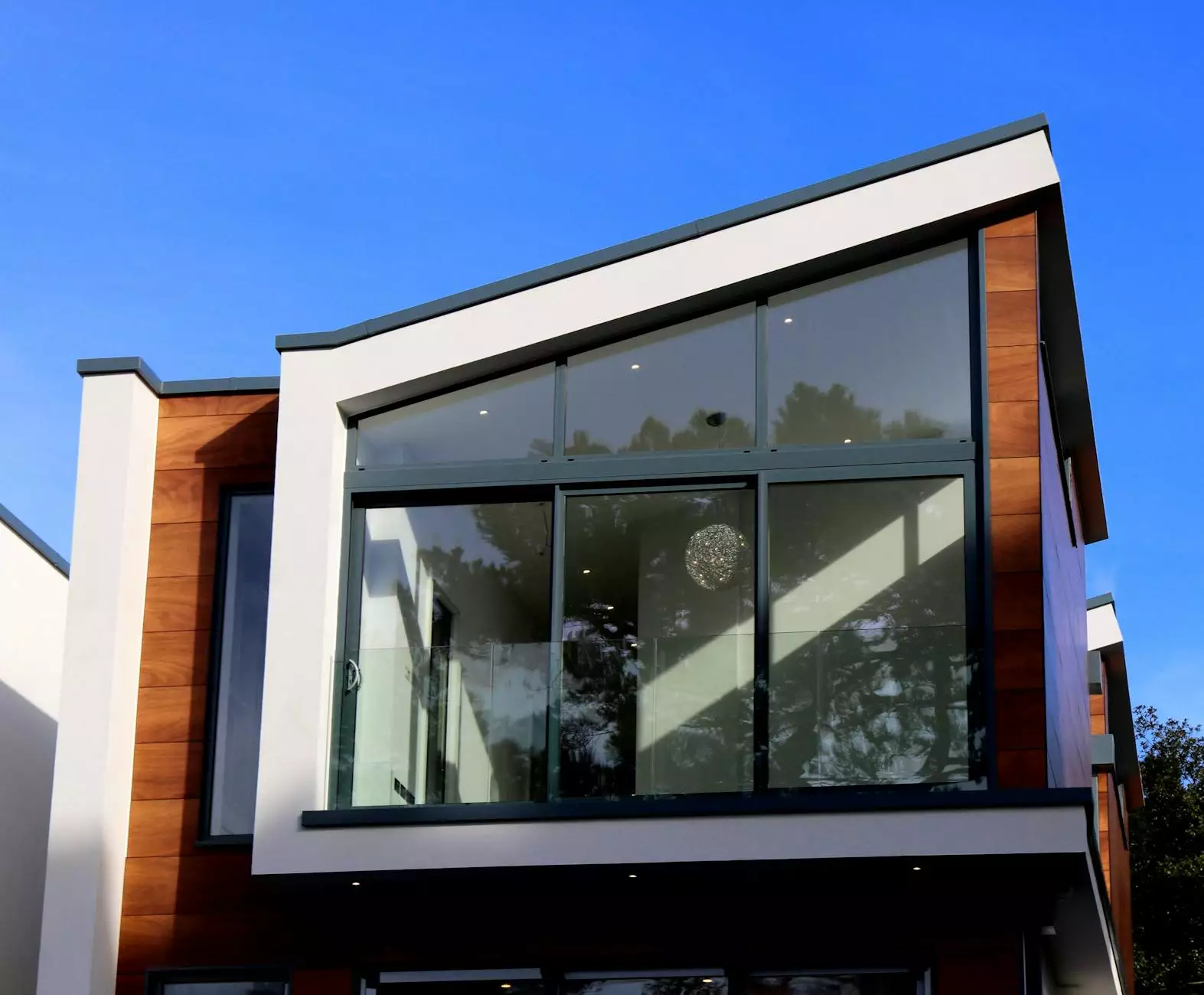Enhancing Public Safety with Signal Boosters

In today's rapidly evolving world, communication and reliable connectivity are more crucial than ever. For emergency services, this is particularly evident as they rely on effective communication systems to ensure the safety of communities. One significant innovation in this field is the public safety signal booster. This article will delve into how these devices enhance public safety, the technology behind them, their importance, and their implementation in various settings.
What is a Public Safety Signal Booster?
A public safety signal booster is a device designed to amplify weak cellular signals, thereby enhancing the connectivity of two-way radios and other communication devices used by first responders. With the advent of advanced telecommunications technologies, reliable communication during emergencies is paramount. These signal boosters ensure that emergency personnel can maintain contact with each other, dispatchers, and other essential services no matter where they are operating.
Importance of Public Safety Signal Boosters
The significance of having a robust communication system during emergencies cannot be overstated. Here are several reasons why public safety signal boosters are critical:
- Enhanced Communication: They provide clear and uninterrupted communication channels between responders and dispatchers.
- Improved Response Times: With better connectivity, response teams can coordinate more efficiently, which can ultimately save lives.
- Increased Coverage: Signal boosters extend the reach of communication signals, especially in remote and underserved areas.
- Reliability during Crises: During disasters or emergencies, networks can become congested. Boosters facilitate consistent communication, even when standard services may fail.
- Compliance with Local Codes: Many jurisdictions require enhanced communication systems in buildings, particularly high-rises and large venues, to comply with safety regulations.
How Public Safety Signal Boosters Work
The operation of a public safety signal booster is relatively straightforward but involves sophisticated technology. Here’s a breakdown of how they function:
Basic Components
- Antenna: This component captures weak signals from the outside. It can be a large omnidirectional or a panel antenna designed specifically for first responders.
- Amplifier: Once the signal is captured, the amplifier boosts the signal strength, ensuring that it can effectively reach devices inside the building or area.
- Distribution System: The amplified signal is then distributed throughout the facility via a network of coaxial cables and secondary antennas.
Types of Public Safety Signal Boosters
There are several types of public safety signal boosters based on their intended use and design:
- Bi-Directional Amplifiers (BDA): These are designed to amplify both incoming and outgoing signals, making them ideal for two-way communication systems.
- Single-Band Boosters: Specifically designed for one frequency band, providing a cost-effective solution in certain scenarios.
- Multi-Band Boosters: Capable of boosting multiple frequency bands, these are more versatile and are preferred in complex environments.
- Vehicle Signal Boosters: Designed for use within emergency vehicles, ensuring that emergency responders remain connected while on the move.
Applications of Public Safety Signal Boosters
Public safety signal boosters are critical in various settings, including:
Commercial Buildings
Large commercial buildings require effective communication systems for their security and emergency personnel. Installing public safety signal boosters ensures all responders can communicate clearly and efficiently, especially during emergencies or drills.
Residential Complexes
High-rise apartments and large residential complexes can often experience weak cell signals. This not only inconveniences residents but also hinders emergency responders. Several developments are now opting for in-built public safety signal boosters to enhance connectivity for both residents and first responders.
Educational Institutions
Schools and universities are increasingly adopting enhanced communication systems. During emergencies, such as natural disasters or security breaches, the public safety signal booster ensures that all security personnel and staff can communicate effectively, securing the safety of students and faculty.
Transportation Hubs
Airports, train stations, and bus terminals are bustling environments where effective communication is vital. Public safety signal boosters not only facilitate first responders during emergencies but also improve general connectivity for travelers.
Regulatory Compliance and Standards
Installation and operation of public safety signal boosters must comply with local and national regulations. Various organizations, including the National Fire Protection Association (NFPA) and the International Fire Code (IFC), have established specific guidelines that must be followed.
- NFPA 72 mandates that buildings must have adequate radio coverage for emergency responders.
- IFC 2015 emphasizes the need for emergency responder radio coverage in buildings.
- Local Building Codes may have additional requirements based on municipal guidelines.
Installation and Maintenance Considerations
The successful implementation of a public safety signal booster involves a comprehensive installation process that should not be overlooked. Here are key points to consider:
Site Assessment
A thorough site assessment by professionals is crucial. This includes providing accurate information regarding existing signal strengths, identifying the best locations for antenna placement, and determining the types of equipment needed.
Professional Installation
Engaging qualified installers who are familiar with local regulations and best practices is essential. A professional team will ensure proper installation, maximizing the efficiency of the public safety signal booster.
Regular Maintenance
After installation, ongoing maintenance is vital to keep the system operational. Regularly scheduled checks can prevent issues from arising, and necessary repairs can be handled promptly.
Choosing the Right Public Safety Signal Booster
Selecting the suitable public safety signal booster involves considering several factors:
- Coverage Area: Assess the size and layout of the area needing coverage to ensure the right amplifier capacity.
- Signal Strength: Measure the existing signal strength to determine the level of amplification needed.
- Budget: Set a budget that allows for quality equipment while being mindful of installation and maintenance costs.
- Regulatory Requirements: Ensure that the selected system meets local code requirements and standards.
The Future of Public Safety Signal Boosters
As technology advances, we can expect public safety signal boosters to evolve further. The integration of 5G technology, IoT devices, and advanced communication protocols will enhance their capability, making them even more effective in real-time data communication.
Moreover, as urban centers grow and new building designs emerge, the need for improved connectivity will only increase. Future innovations in signal booster technology will undoubtedly shape how emergency services operate, ensuring they can respond efficiently and effectively to any situation.
Conclusion
Public safety signal boosters play an indispensable role in modern emergency response systems by ensuring reliable communication for first responders. As communities continue to grow in complexity, investing in these systems is vital for public safety. By understanding their operation, benefits, and regulatory requirements, stakeholders can make informed decisions that ultimately enhance the safety and well-being of the public. Organizations such as Teleco.com are leading the charge in providing superior telecommunications, IT services, and support for signal booster installations, paving the way toward a safer future.
By recognizing the importance of public safety signal boosters and advocating for their implementation, we are ensuring that our communities remain protected and prepared for any emergency that may arise.









